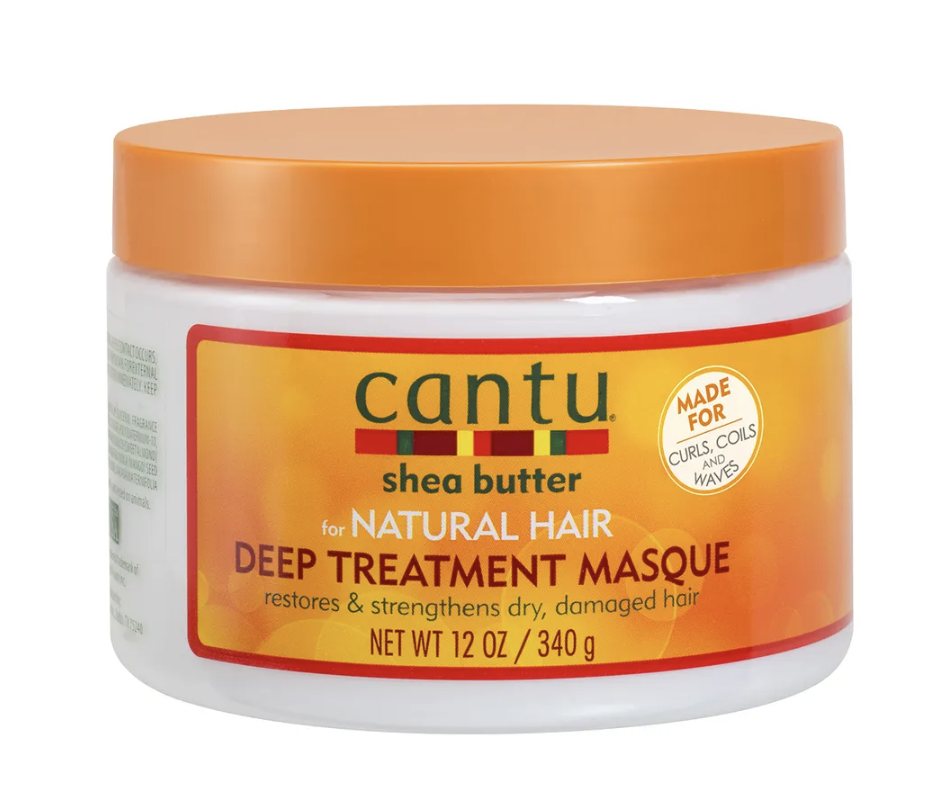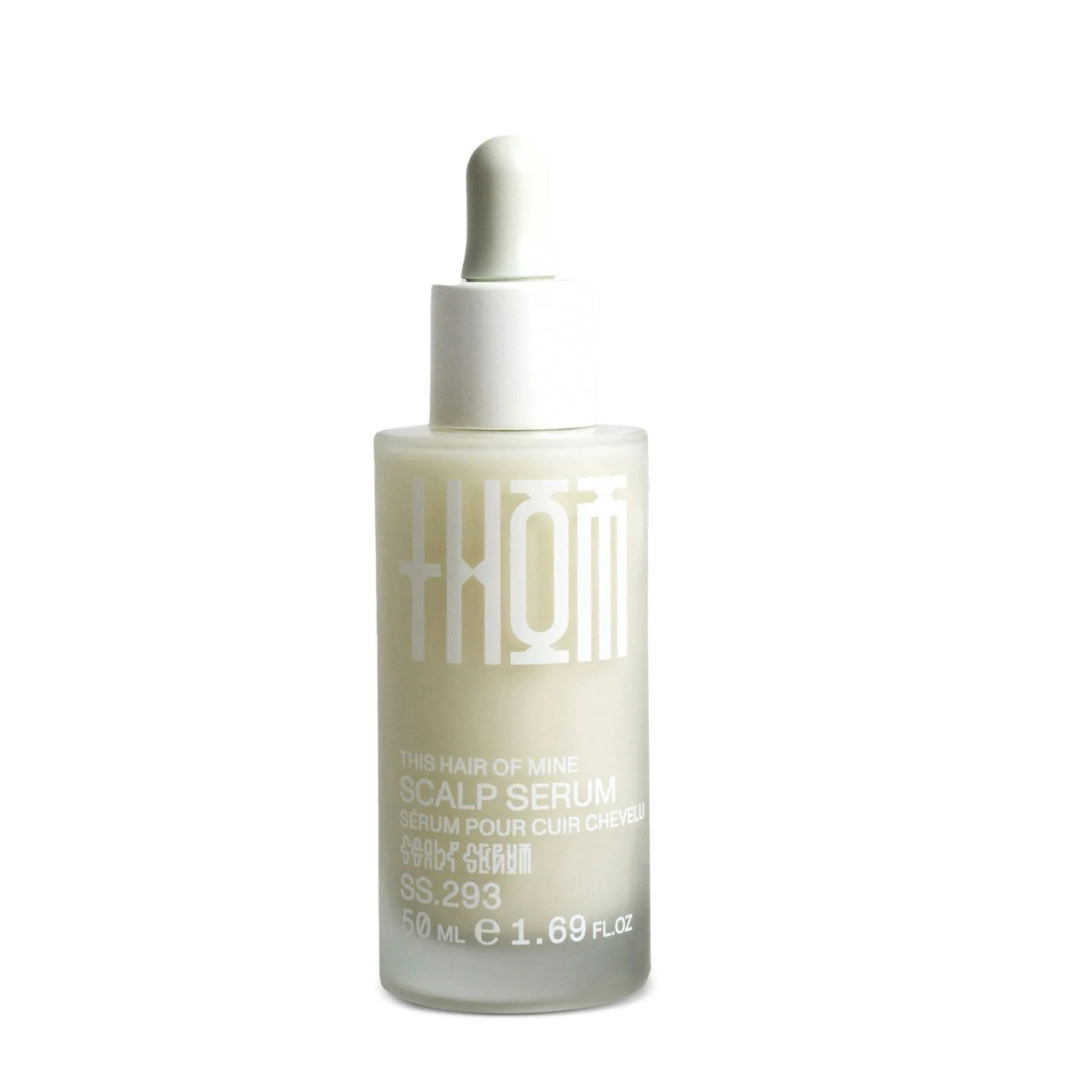Sunshine and Hair Health
One thing that makes afro hair different from other hair types is that it can lose moisture easily in very dry climates and thrive in more humid climates, so paying attention to the health of your hair is important. It’s no secret that Vitamin D deficiency is a major health issue for the Black community - we need to spend time in the sun, however, too much direct sunshine can do hair more harm than good. “Direct exposure to the sun will leave hair feeling drier and more prone to breakage, so always wear a hat (ideally silk-lined) during the hottest parts of the day,” Richardson-Ampaw says. If your hair is feeling the effects of direct sunlight, prioritise moisture and use conditioning agents to revive it. For those who love to engage in water-based activities, wearing a hat or covering your hair with a scarf can keep it protected. “With all hair types, exposure to salt water will wear it out and make it more prone to damage from sun exposure. After spending time in the sun, be sure to rinse your hair and scalp thoroughly before re-applying a moisturiser,” Richardson-Ampaw says.
There’s a lot of emphasis on the need to apply sun protection on the face and body as they provide protection from harmful UV rays and help prevent premature ageing. The same principle should actually be applied to our hair because it can age if it is exposed to too much sun. Like our skin, we have melanin in our hair which provides sun protection, but exposure should always be limited in order to maintain hair health. “Consistent sun exposure can increase the oxidation of the proteins that make up our hair, leading to a reduction in structural integrity, so hair becomes more brittle and prone to breakage,” Richardson-Ampaw says.
We all go on holiday for different reasons, so whether you’re chilling by the beach or doing as many activities as you can, your hair will be impacted in some way, so adopting preventative measures might be beneficial when it comes to keeping hair damage at bay. “Covering your hair in direct sunshine, looking after your ends in particular if they’re dry can help as well as moisturising and cleansing your hair on a regular basis, especially if you are on the beach and in and out of the sea,” Richardson-Ampaw says.
Depending on how much you like to take with you when you travel, you might want to pop a few hair products in your suitcase so you can stick to the hair care routine you’ve cultivated. If you come back from holiday and your hair is dry and brittle, it’s likely that you have hair damage. Richardson-Ampaw recommends getting a trim if you have dry and tangled ends. “Trims should always be done on wet, product-saturated hair using scissors and it shouldn’t be blow dried or straightened beforehand,” she says. Using a high-quality deep conditioning clay mask for steam treatments can also help improve elasticity and reduce breakage.
Protective Styling
If you prefer to opt for protective styles while on holiday, then it might be difficult for you to follow your hair care routine as most of it will be covered. Taking a break in between protective styling so you give your hair and scalp the TLC they deserve is essential. “Don’t be lured into a protective style because you like the idea of not having to do your hair on holiday - there will be repercussions,” Richardson-Ampaw says.
Warmer and colder climates have the potential to wreak havoc on Afro hair but what is it that makes it vulnerable? According to Richardson-Ampaw, its porosity has a part to play. “The high number of twists and rotations along the hair shaft increase the likelihood of breakage under force,” she says. For those who opt for protective styles before their holiday, traction hairstyles such as braids can also lead to hair damage, which increases the risk of hair loss.
There are a few misconceptions surrounding protective styles such as they always break your hair and can only be applied with extensions but in actual fact, a protective style is any style that keeps the ends of the hair tucked away and minimises manipulation. Protective styles can be applied with or without extensions - the best ones for a holiday are braids, updos, passion twists, faux locs, twist outs, cornrows and chunky plaits. “If applied too tightly, protective styles can cause traction and breakage. To minimise the risk of hair damage, they should be loose, easy to undo and redo and not add any extra weight to your hair or scalp,” Richardson-Ampaw says.If you are planning to go on holiday this summer, then you’re probably looking for hair-spiration. Our hair means a lot to us. It’s how we express ourselves and experiment with a variety of gorgeous styles. Before you decide what to do with it, think about how your holiday activities may impact the health of your hair and put measures in place to minimise or eliminate the risk of hair damage. If you have been on holiday and are concerned about severe changes in your hair or scalp, book a consultation with a registered Trichologist.
SHOP OUR TOP PICKS FOR AFRO HAIR PRE & POST FUN IN THE SUN
















